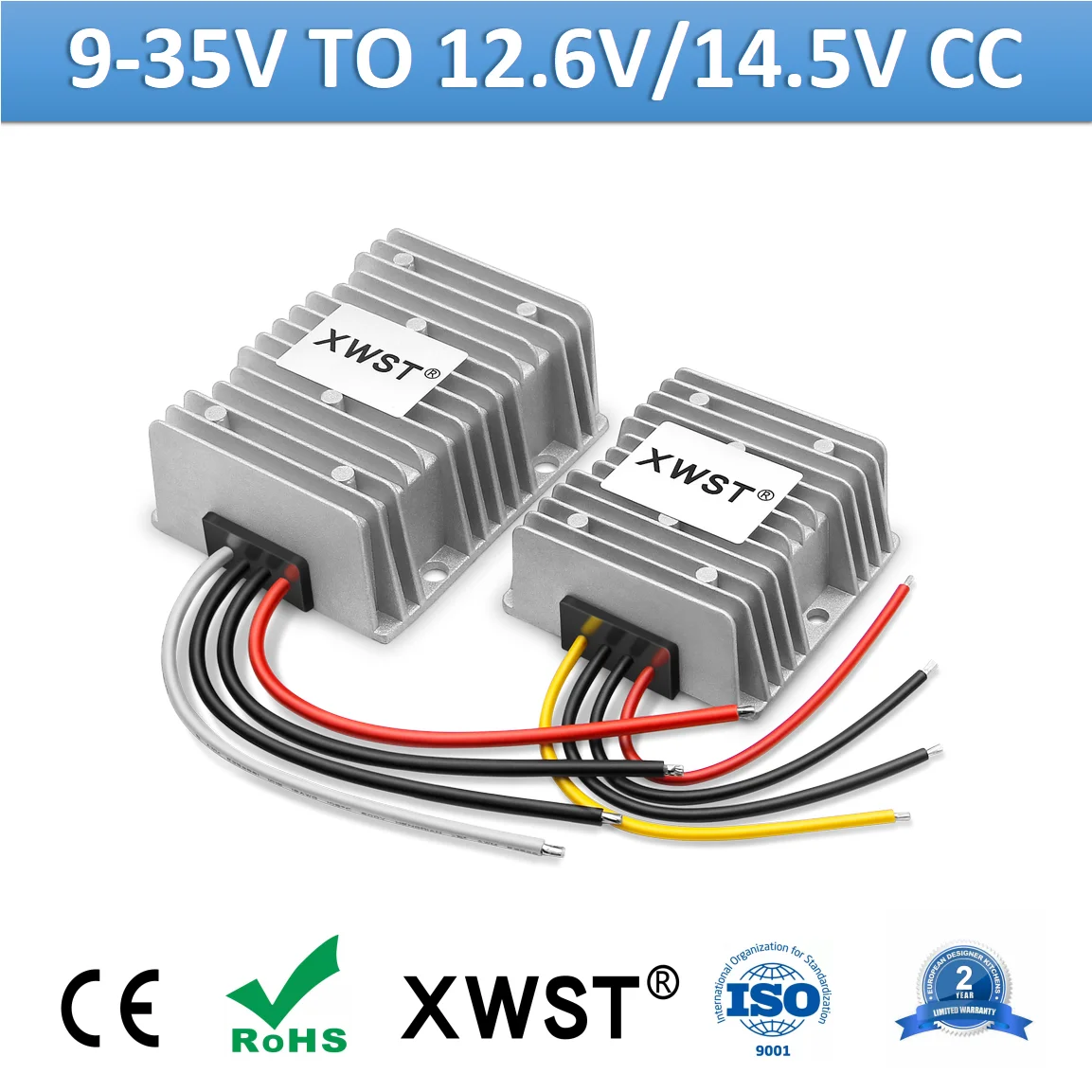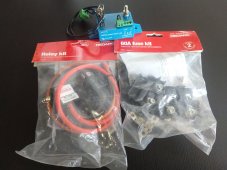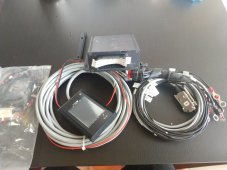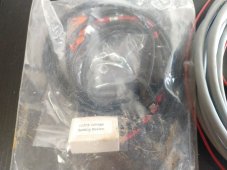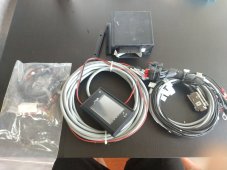Hi all
I have some questions concerning BMS.
My system will comprise of 16x 320ah (allegedly) lifepo4 batteries from aliexpress into a 12v, 4S4P 1280ah system
As I have 16x cells I am thinking of dividing 4 cells into a bank with a BMS for each bank, with the 4 BMS' wired parallel to each other.
As this is a budget build I don't want to spend too much money on each BMS. I was thinking of utilising as cheap as possible BMS for each bank (thus one that doesn't have a display), and having one BMS with a display that I can use to monitor each bank of batteries via switches. I was thinking of using about a 50-80A BMS on each bank.
For monitoring purposes I want to utilise a 4S BMS with a display with each connection connected to a single pole 4 throw (or 5 throw?) switch.
As the 'display bms' is effectively in parallel with the existing BMS for each bank, can I select a lower amperage BMS for this purpose? I was also going to have a on/off switch to turn this display BMS on and off. The main purpose for this display BMS was to be able to monitor each cell voltage via the 4 switches for each bank, as well as perhaps selecting one bank, or, selecting the bad batteries of each bank to get an idea of the system performance as a whole. A 'representative' sample of 4 random batteries or a bank to represent the system as a whole.
My layout:
BMS 1 - Cells 1,2,3,4.
BMS 2 - Cells 5,6,7,8
BMS 3- Cells 9,10,11,12
BMS 4 - Cells 13,14,15,16.
DISPLAY BMS ( 4x single pole, 4 throw switch (or 5 throw switch to have a 0v reading so as to not have any current running through the switch?) ).
Switch 1 (Bank 1, with cells 1,2,3,4)
Switch 2 ( Bank 2, with cells 5,6,7,8)
Switch 3 (Bank 3, with cells 9,10,11,12)
Switch 4 (Bank 4, with cells 13,14,15,16).
OR
would it be more effective to do it this way, as the #1, 2, 3, 4 in each bank
So:
Switch 1 with cells 1, 5, 9, 13
Switch 2 with cells 2, 6, 10, 14
Switch 3 with cells 3, 7, 11, 15
Switch 4 with cells 4, 8, 12, 16.
1. Any suggestions for BMS current rating to get?
Assuming most power hungry scenario:
Running an aircon on max (2kw) for a few hours whilst concurrently induction cook top (2kw for 30 minutes twice a day).
4kw load ~ 333Amp single BMS, so the 4x BMS would be 80A? Can I go lower?
2. Suggestions for a cheap as possible BMS (for 50-80Amp)
3. Does my idea of using switches work? As its wired in parallel to existing BMS and its more of a display unit can I get a lower amperage BMS?
4. what current rating switches do I need to get? I'm assuming it won't have much current going through the display bms?
5. Any other alternative switch arrangement? or another way to monitor individual cell voltages.
6. I also have 4x 200ah winston cells i bought a number of years ago but didnt install yet. How would I best incorporate this into my system?
Thanks
I have some questions concerning BMS.
My system will comprise of 16x 320ah (allegedly) lifepo4 batteries from aliexpress into a 12v, 4S4P 1280ah system
As I have 16x cells I am thinking of dividing 4 cells into a bank with a BMS for each bank, with the 4 BMS' wired parallel to each other.
As this is a budget build I don't want to spend too much money on each BMS. I was thinking of utilising as cheap as possible BMS for each bank (thus one that doesn't have a display), and having one BMS with a display that I can use to monitor each bank of batteries via switches. I was thinking of using about a 50-80A BMS on each bank.
For monitoring purposes I want to utilise a 4S BMS with a display with each connection connected to a single pole 4 throw (or 5 throw?) switch.
As the 'display bms' is effectively in parallel with the existing BMS for each bank, can I select a lower amperage BMS for this purpose? I was also going to have a on/off switch to turn this display BMS on and off. The main purpose for this display BMS was to be able to monitor each cell voltage via the 4 switches for each bank, as well as perhaps selecting one bank, or, selecting the bad batteries of each bank to get an idea of the system performance as a whole. A 'representative' sample of 4 random batteries or a bank to represent the system as a whole.
My layout:
BMS 1 - Cells 1,2,3,4.
BMS 2 - Cells 5,6,7,8
BMS 3- Cells 9,10,11,12
BMS 4 - Cells 13,14,15,16.
DISPLAY BMS ( 4x single pole, 4 throw switch (or 5 throw switch to have a 0v reading so as to not have any current running through the switch?) ).
Switch 1 (Bank 1, with cells 1,2,3,4)
Switch 2 ( Bank 2, with cells 5,6,7,8)
Switch 3 (Bank 3, with cells 9,10,11,12)
Switch 4 (Bank 4, with cells 13,14,15,16).
OR
would it be more effective to do it this way, as the #1, 2, 3, 4 in each bank
So:
Switch 1 with cells 1, 5, 9, 13
Switch 2 with cells 2, 6, 10, 14
Switch 3 with cells 3, 7, 11, 15
Switch 4 with cells 4, 8, 12, 16.
1. Any suggestions for BMS current rating to get?
Assuming most power hungry scenario:
Running an aircon on max (2kw) for a few hours whilst concurrently induction cook top (2kw for 30 minutes twice a day).
4kw load ~ 333Amp single BMS, so the 4x BMS would be 80A? Can I go lower?
2. Suggestions for a cheap as possible BMS (for 50-80Amp)
3. Does my idea of using switches work? As its wired in parallel to existing BMS and its more of a display unit can I get a lower amperage BMS?
4. what current rating switches do I need to get? I'm assuming it won't have much current going through the display bms?
5. Any other alternative switch arrangement? or another way to monitor individual cell voltages.
6. I also have 4x 200ah winston cells i bought a number of years ago but didnt install yet. How would I best incorporate this into my system?
Thanks



